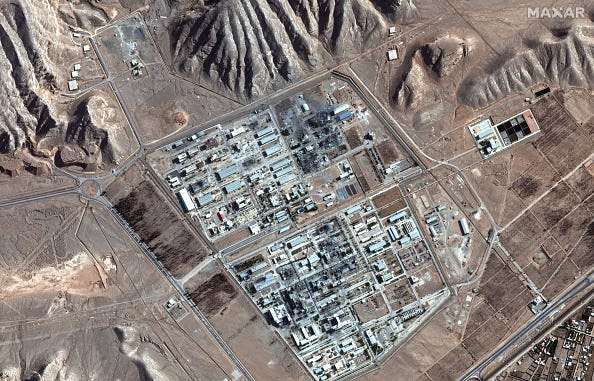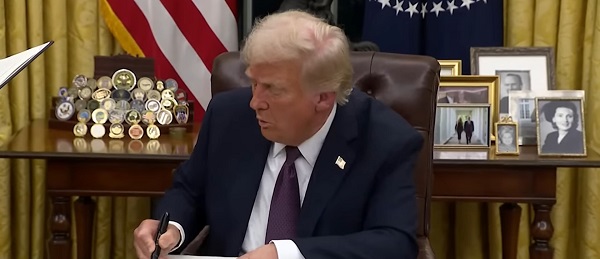Business
Trudeau gov’t dept. suggests giving LGBT, minority journalists $45k annually to promote ‘diversity’
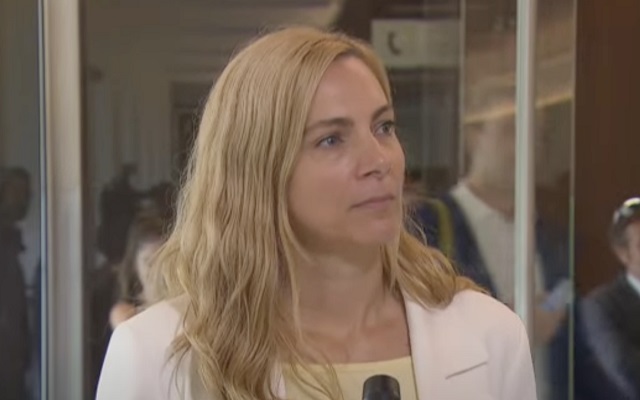
Heritage Minister Pascale St-Onge
From LifeSiteNews
‘Organizations mentioned the need for government funds dedicated to creators and journalists from Indigenous, racialized and religious minority communities in the media’
The Canadian Department of Heritage is advising that Indigenous, Muslim, Black or LGBT identifying journalists be federally funded up to $45,000 per year to promote “diversity.”
According to a report titled Changing Narratives Fund Report On Consultations, published November 28 by Blacklock’s Reporter, the Department of Canadian Heritage has recommended that the Cabinet directly give individual reporters a salary of $45,000 annually.
“Organizations mentioned the need for government funds dedicated to creators and journalists from Indigenous, racialized and religious minority communities in the media,” said the report. “Funding should be stable and targeted.”
The proposed scheme, submitted by departmental advisors, professors Christopher Dornan and Adrian Harewood of Carleton University and Patrick White of the University of Québec, suggests “a salary of $45,000 per annum” for reporters who are Indigenous, Muslim, Black or LGBT.
“Hiring journalists and creators from diverse communities especially new talent alone cannot guarantee diverse perspectives will be presented in media coverage,” the report asserted. “If these new talents are not trained or allocated budgets or resources to share their stories they may well remain invisible.”
“For these stories to be seen a paradigm shift is needed in the way traditional news media share the stories of Indigenous, racialized and religious minority communities,” it continued.
“A number of organizations argued media coverage of the reality of their communities has not only been historically deficient but has often been detrimental,” the report alleged.
“Consequently the lack of regular and daily contact between majority and minority communities leads to misunderstanding of the other and worsens stereotypes and negative attitudes,” it added.
The report failed to explain how “diversity” of reporting could be maintained if the Liberal government under the leadership of Prime Minister Justin Trudeau is funding the journalists’ salaries.
The discriminatory proposal was not lost on Canadians, who took to social media to voice their concerns over the suggestion.
“Communism much??” one wrote on X, formerly known as Twitter.
Communism much??
— Slick Greg (@mrgregparsons) November 28, 2023
“Not even trying to hide the bribery anymore!” another posted.
Not even trying to hide the bribery anymore!
— Stephen M Lloyd 🇨🇦 🌻 (@StephenMLloyd2) November 28, 2023
“Government Approved Newsrooms are Pravda,” one wrote, referring to the official newspaper of the former Communist Party of the Soviet. “Government has no place in promoting narrative.”
Government Approved Newsrooms are Pravda … FULL STOP! Government has no place in promoting narrative.
— Sanitary Napping (@NilPointerFound) November 28, 2023
Notably, the call for increased federal funding for journalists closely follows Trudeau’s fall economic statement which includes massive payouts for mainstream media outlets ahead of and after the 2025 election.
Beginning in 2019, Parliament changed the Income Tax Act to give yearly rebates of 25 percent for each news employee in cabinet-approved media outlets earning up to $55,000 a year, to a maximum of $13,750.
However, the Canadian Heritage Department since admitted that the payouts are not sufficient to keep legacy media outlets running. The department recommended that rebates be doubled next year to a maximum $29,750 annually.
This suggestion was adopted by the Trudeau government in its Fall Economic Statement, which increased the rebates to 35 percent on newsroom salaries up to $85,000, totaling a maximum rebate of $29,750. The temporary tax credit is set to apply for the next four years.
While media subsidies were to set to expire March 31, 2024, they have now been expanded to 2029 past the next general election. The increased payouts are expected to cost taxpayer $129 million in the next five years and an additional $10 million for every subsequent year.
The renewed media bailouts come as trust in mainstream media is polling at an all-time low with Canadians.
According to a recent study by Canada’s Public Health Agency, less than a third of Canadians displayed “high trust” of the federal government, with “large media organizations” as well as celebrities getting even lower scores.
Large mainstream media outlets and “journalists” working for them scored a “high trust” rating of only 18 percent. This was followed by only 12 percent of people saying they trusted “ordinary people,” with celebrities garnering only an eight percent “trust” rating.
Business
Trump confirms 35% tariff on Canada, warns more could come

Quick Hit:
President Trump on Thursday confirmed a sweeping new 35% tariff on Canadian imports starting August 1, citing Canada’s failure to curb fentanyl trafficking and retaliatory trade actions.
Key Details:
- In a letter to Canadian Prime Minister Mark Carney, Trump said the new 35% levy is in response to Canada’s “financial retaliation” and its inability to stop fentanyl from reaching the U.S.
- Trump emphasized that Canadian businesses that relocate manufacturing to the U.S. will be exempt and promised expedited approvals for such moves.
- The administration has already notified 23 countries of impending tariffs following the expiration of a 90-day negotiation window under Trump’s “Liberation Day” trade policy.
Diving Deeper:
President Trump escalated his tariff strategy on Thursday, formally announcing a 35% duty on all Canadian imports effective August 1. The move follows what Trump described as a breakdown in trade cooperation and a failure by Canada to address its role in the U.S. fentanyl crisis.
“It is a Great Honor for me to send you this letter in that it demonstrates the strength and commitment of our Trading Relationship,” Trump wrote to Prime Minister Mark Carney. He added that the tariff response comes after Canada “financially retaliated” against the U.S. rather than working to resolve the flow of fentanyl across the northern border.
Trump’s letter made clear the tariff will apply broadly, separate from any existing sector-specific levies, and included a warning that “goods transshipped to evade this higher Tariff will be subject to that higher Tariff.” The president also hinted that further retaliation from Canada could push rates even higher.
However, Trump left the door open for possible revisions. “If Canada works with me to stop the flow of Fentanyl, we will, perhaps, consider an adjustment to this letter,” he said, adding that tariffs “may be modified, upward or downward, depending on our relationship.”
Canadian companies that move operations to the U.S. would be exempt, Trump said, noting his administration “will do everything possible to get approvals quickly, professionally, and routinely — In other words, in a matter of weeks.”
The U.S. traded over $762 billion in goods with Canada in 2024, with a trade deficit of $63.3 billion, a figure Trump called a “major threat” to both the economy and national security.
Speaking with NBC News on Thursday, Trump suggested even broader tariff hikes are coming, floating the idea of a 15% or 20% blanket rate on all imports. “We’re just going to say all of the remaining countries are going to pay,” he told Meet the Press moderator Kristen Welker, adding that “the tariffs have been very well-received” and noting that the stock market had hit new highs that day.
The Canadian announcement is part of a broader global tariff rollout. In recent days, Trump has notified at least 23 countries of new levies and revealed a separate 50% tariff on copper imports.
“Not everybody has to get a letter,” Trump said when asked if other leaders would be formally notified. “You know that. We’re just setting our tariffs.”
Business
Trump slaps Brazil with tariffs over social media censorship
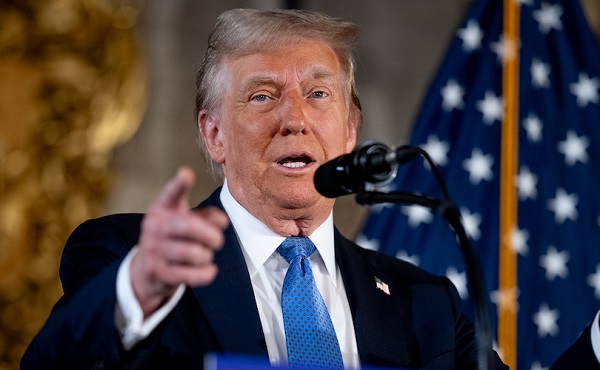
From LifeSiteNews
By Dan Frieth
In his letter dated July 9, 2025, addressed to President Luiz Inácio Lula da Silva, Trump ties new U.S. trade measures directly to Brazilian censorship.
U.S. President Donald Trump has launched a fierce rebuke of Brazil’s moves to silence American-run social media platforms, particularly Rumble and X.
In his letter dated July 9, 2025, addressed to President Luiz Inácio Lula da Silva, Trump ties new U.S. trade measures directly to Brazilian censorship.
He calls attention to “SECRET and UNLAWFUL Censorship Orders to U.S. Social Media platforms,” pointing out that Brazil’s Supreme Court has been “threatening them with Millions of Dollars in Fines and Eviction from the Brazilian Social Media market.”


Trump warns that these actions are “due in part to Brazil’s insidious attacks on Free Elections, and the fundamental Free Speech Rights of Americans,” and states: “starting on August 1, 2025, we will charge Brazil a Tariff of 50% on any and all Brazilian products sent into the United States, separate from all Sectoral Tariffs.” He also adds that “Goods transshipped to evade this 50% Tariff will be subject to that higher Tariff.”
Brazil’s crackdown has targeted Rumble after it refused to comply with orders to block the account of Allan dos Santos, a Brazilian streamer living in the United States.
On February 21, 2025, Justice Alexandre de Moraes ordered Rumble’s suspension for non‑compliance, saying it failed “to comply with court orders.”
Earlier, from August to October 2024, Moraes had similarly ordered a nationwide block on X.
The court directed ISPs to suspend access and imposed fines after the platform refused to designate a legal representative and remove certain accounts.
Elon Musk responded: “Free speech is the bedrock of democracy and an unelected pseudo‑judge in Brazil is destroying it for political purposes.”
By linking censorship actions, particularly those targeting Rumble and X, to U.S. trade policy, Trump’s letter asserts that Brazil’s judiciary has moved into the arena of foreign policy and economic consequences.
The tariffs, he makes clear, are meant, at least in part, as a response to Brazil’s suppression of American free speech.
Trump’s decision to impose tariffs on Brazil for censoring American platforms may also serve as a clear signal to the European Union, which is advancing similar regulatory efforts under the guise of “disinformation” and “online safety.”
With the EU’s Digital Services Act and proposed “hate speech” legislation expanding government authority over content moderation, American companies face mounting pressure to comply with vague and sweeping takedown demands.
By framing censorship as a violation of U.S. free speech rights and linking it to trade consequences, Trump is effectively warning that any foreign attempt to suppress American voices or platforms could trigger similar economic retaliation.
Reprinted with permission from Reclaim The Net.
-

 Business2 days ago
Business2 days agoWEF-linked Linda Yaccarino to step down as CEO of X
-

 Automotive2 days ago
Automotive2 days agoAmerica’s EV Industry Must Now Compete On A Level Playing Field
-

 Business2 days ago
Business2 days ago‘Experts’ Warned Free Markets Would Ruin Argentina — Looks Like They Were Dead Wrong
-

 International2 days ago
International2 days agoSecret Service suspends six agents nearly a year after Trump assassination attempt
-

 Alberta1 day ago
Alberta1 day agoAlberta school boards required to meet new standards for school library materials with regard to sexual content
-
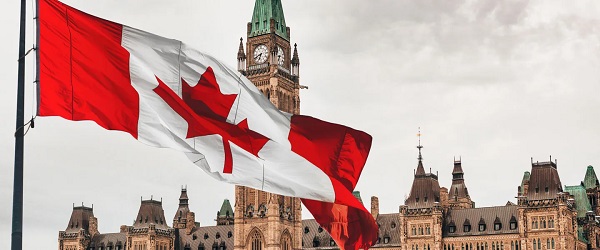
 Business1 day ago
Business1 day agoCarney government should recognize that private sector drives Canada’s economy
-

 Bruce Dowbiggin1 day ago
Bruce Dowbiggin1 day agoThe Covid 19 Disaster: When Do We Get The Apologies?
-

 Alberta1 day ago
Alberta1 day agoFourteen regional advisory councils will shape health care planning and delivery in Alberta

